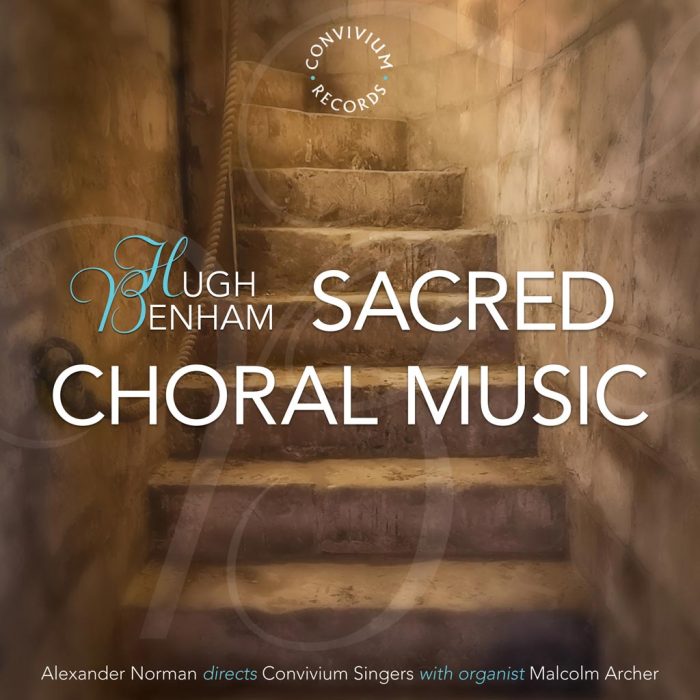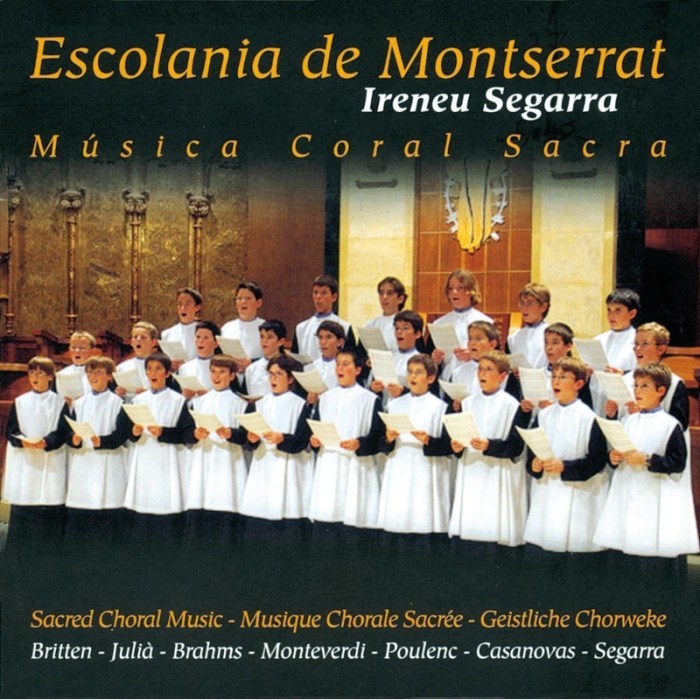Word for sacred choral music – Sacred choral music, a genre that has transcended centuries and cultures, invites us on a journey through its rich history, spiritual significance, and captivating performances.
From the ethereal harmonies of Gregorian chant to the soaring melodies of modern compositions, sacred choral music has played an integral role in religious ceremonies and artistic expression.
Historical Evolution of Sacred Choral Music
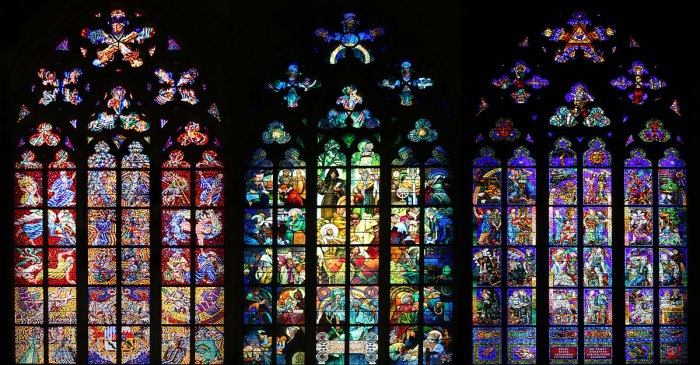
Sacred choral music has a rich and diverse history, spanning centuries and evolving through various cultural and musical influences. Its roots can be traced back to ancient religious ceremonies and rituals, where music played a vital role in expressing spiritual beliefs and emotions.
During the Middle Ages, sacred choral music flourished in the Catholic Church, with the development of polyphony and the emergence of prominent composers such as Josquin des Prez and Palestrina. The Renaissance witnessed a surge in choral compositions, with the introduction of new musical forms like the motet and the madrigal.
The Baroque era saw the rise of elaborate choral works by composers like Bach and Handel, characterized by complex harmonies and intricate counterpoint.
Key Characteristics
Sacred choral music is often characterized by its focus on religious texts, whether from the Bible, liturgy, or other sacred sources. It typically employs a variety of vocal techniques, including unison singing, part-singing, and complex polyphony. The music often conveys a sense of reverence, awe, and spirituality, aiming to enhance the worship experience and connect with the divine.
Major Composers and Influences
- Medieval:Josquin des Prez, Palestrina
- Renaissance:Giovanni Palestrina, Orlando di Lasso
- Baroque:Johann Sebastian Bach, George Frideric Handel
- Classical:Wolfgang Amadeus Mozart, Franz Joseph Haydn
- Romantic:Johannes Brahms, Antonín Dvořák
- 20th Century:Igor Stravinsky, Karlheinz Stockhausen
Liturgical and Spiritual Significance

Sacred choral music holds a profound role in religious ceremonies and rituals, transcending the realm of mere entertainment. It serves as a vital medium for expressing religious beliefs, emotions, and narratives, enriching the spiritual experiences of countless individuals throughout history.
Within the sacred choral tradition, texts often carry deep symbolic and allegorical meanings, mirroring the complexities of the human condition and the mysteries of the divine. These texts may draw inspiration from scriptures, religious parables, or the personal experiences of composers and poets, inviting listeners to contemplate the nature of faith, hope, and redemption.
For centuries, the word for sacred choral music has been synonymous with reverence and awe. However, if we were to translate this term into the realm of physics, it might well be compared to a truck weighing 3.0 x 10 4 . Just as such a truck carries an immense weight, so too does sacred choral music carry the weight of centuries-old traditions and the profound emotions they evoke.
Ritual and Ceremony
Sacred choral music is intricately intertwined with the rituals and ceremonies of various religions. In many cultures, it accompanies important milestones such as births, marriages, and funerals, providing a sense of solemnity and transcendence. Choral performances during religious festivals, such as Christmas or Easter, enhance the celebratory atmosphere and foster a collective sense of worship.
Expression of Religious Emotions
Sacred choral music offers a unique avenue for expressing the full spectrum of religious emotions, from awe and reverence to sorrow and longing. Through its evocative melodies and harmonies, it can stir the soul, inspire contemplation, and create a sense of connection with the divine.
Composers often employ contrasting musical textures and dynamics to portray the emotional journey of faith, from moments of jubilation to periods of introspection and doubt.
Symbolism and Allegory, Word for sacred choral music
Sacred choral texts are often rich in symbolism and allegory, inviting listeners to interpret their deeper meanings. Images of light and darkness, water and fire, or the journey and the destination frequently appear, representing the complexities of human existence and the search for spiritual enlightenment.
By exploring these symbols and allegories, listeners can gain a deeper understanding of their own faith and the nature of the divine.
Performance Practices and Techniques
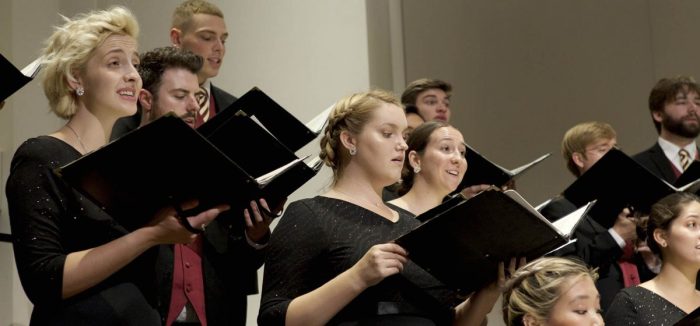
Sacred choral singing encompasses a wide range of vocal techniques and performance practices that enhance the emotive and spiritual impact of the music. These practices have evolved over centuries, influenced by cultural, religious, and musical traditions.
Vocal Techniques
Sacred choral singers employ a variety of vocal techniques to achieve the desired sound quality and expressive interpretation. These techniques include:
- Bel canto:A classical vocal technique that emphasizes breath control, vocal agility, and a warm, resonant tone.
- Mixed voice:A technique that combines the chest voice (lower register) and head voice (upper register) to create a seamless and balanced vocal range.
- Vibrato:A slight oscillation in pitch that adds richness and expressiveness to the voice.
Types of Choirs and Ensembles
Sacred choral music is performed by a diverse range of choirs and ensembles, each with its own unique sound and repertoire. Common types include:
- Choir:A large group of singers who perform together, typically divided into soprano, alto, tenor, and bass sections.
- Chamber choir:A smaller, more intimate ensemble that specializes in a wide range of choral repertoire.
- Vocal ensemble:A group of singers who perform without instrumental accompaniment, often specializing in a particular style or period of music.
Rehearsal and Preparation
Sacred choral performances require extensive rehearsal and preparation to ensure musical accuracy, expressive interpretation, and a unified ensemble sound. The rehearsal process typically involves:
- Sight-reading:The initial process of learning a new piece of music.
- Sectionals:Rehearsals focused on specific vocal sections or parts.
- Full rehearsals:Rehearsals with the entire ensemble, where all sections are combined and polished.
- Performance preparation:Final rehearsals and dress rehearsals to prepare for the public performance.
Contemporary Trends and Innovations
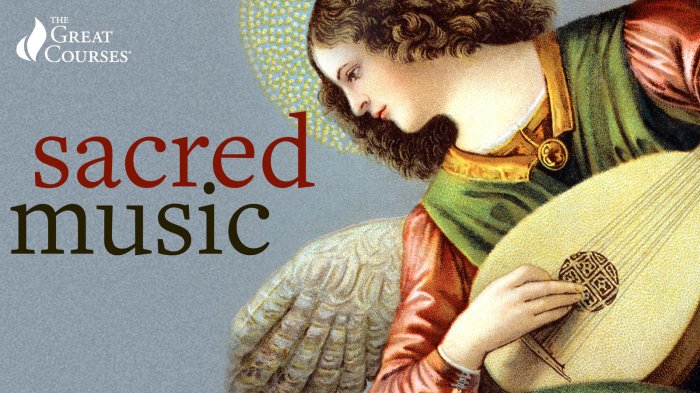
In the realm of sacred choral music, contemporary trends and innovations are shaping its evolution. Composers are embracing new technologies and expanding the boundaries of the genre, creating fresh and innovative works.
One significant trend is the incorporation of electronic instruments and multimedia into sacred choral compositions. These elements add new dimensions to the sonic landscape, creating immersive and ethereal experiences.
Use of Electronic Instruments
Electronic instruments, such as synthesizers and samplers, offer composers a wide range of timbres and effects. They can create sounds that mimic traditional instruments, such as organs and harps, or generate entirely new sonic textures.
Integration of Multimedia
Multimedia elements, such as video projections and interactive installations, enhance the sensory experience of sacred choral performances. They create a multi-dimensional environment that engages the audience on multiple levels.
Reinterpreting and Expanding Boundaries
Contemporary composers are also reinterpreting and expanding the boundaries of sacred choral music. They draw inspiration from diverse musical traditions, incorporate elements of jazz, folk, and world music into their works.
Exploration of New Forms and Structures
Composers are experimenting with new forms and structures, breaking away from traditional liturgical formats. They create works that explore extended techniques, such as microtonality and aleatoric elements.
Focus on Inclusivity and Accessibility
Contemporary sacred choral music often emphasizes inclusivity and accessibility. Composers create works that cater to diverse vocal abilities and performance settings, making the genre more accessible to a wider audience.
Question Bank: Word For Sacred Choral Music
What is the purpose of sacred choral music?
Sacred choral music serves to enhance religious ceremonies, express spiritual beliefs, and inspire devotion.
What are some key characteristics of sacred choral music?
Sacred choral music is typically characterized by its reverent tone, complex harmonies, and use of religious texts.
Who are some famous composers of sacred choral music?
Notable composers of sacred choral music include Johann Sebastian Bach, Wolfgang Amadeus Mozart, and George Frideric Handel.
